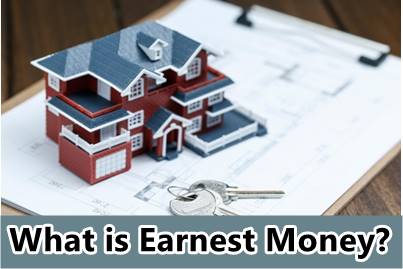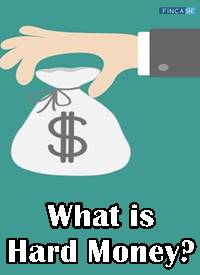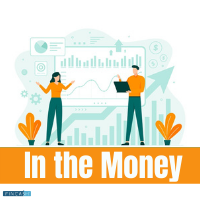
Table of Contents
Near the Money
What is Near the Money?
The term ‘Near the Money’ meaning is used to define the options contract, whose stock value is close to the strike price. In other words, near the money refers to the actual value of the options. Note that the options can never be at-the-money (it happens rarely). That’s the reason why investors consider near the money when Investing in the options. Commonly known as close to the money, the options can either be in the money or out of the money.

When the strike price of the option contract’s stock is lower than the Market value, then the options are considered to be in the money. Near the money describes the options that have a lower strike price than the market value, but it is quite close to the market price. When the strike price of the option contract stock goes higher than the market value, then the option is considered to be out of the money.
When are Options Near the Money?
To put it in simple words, the options contracts are considered to be near the money when the prices at which these options can be used are close to the Underlying security. There isn’t the exact or official value for near the money. However, for the option to be considered near the money, the difference between the strike price and the market price of the options need to be no more than 50 cents. The option contracts that have the strike price of INR 15 and the market value of INR 15.30 are classified as near the money. That’s because it takes only 30 paise for the strike price to reach the market value of options. Since the difference is less than 50 paise, it will be considered near the money.
As mentioned above, the options will be considered At The Money when the strike price of this derivative is equal to the market value of the security. Usually, investors use near the money synonymously with at the money since the strike prices of the options contract almost never match its market value. That’s the reason why traders use near the money options.
Talk to our investment specialist
Difference Between Near the Money and At the Money
Since near the money options offer good returns, they come at a price higher than the options that are out of the money. The latter refers to the options whose strike price is considerably lower or higher than the market value of its Underlying Security. In other words, when there is a great difference between the option contracts strike price and the market value, then they will be considered out of the money. As we have mentioned before, it is nearly impossible for the options’s strike price to align with the stock price. As a result, nearly all kinds of at the money investments happen near the money.
Many traders choose to buy and sell options contracts when it is in the money. That’s because they will have to pay an amount lesser than the current market value of the securities.
All efforts have been made to ensure the information provided here is accurate. However, no guarantees are made regarding correctness of data. Please verify with scheme information document before making any investment.












